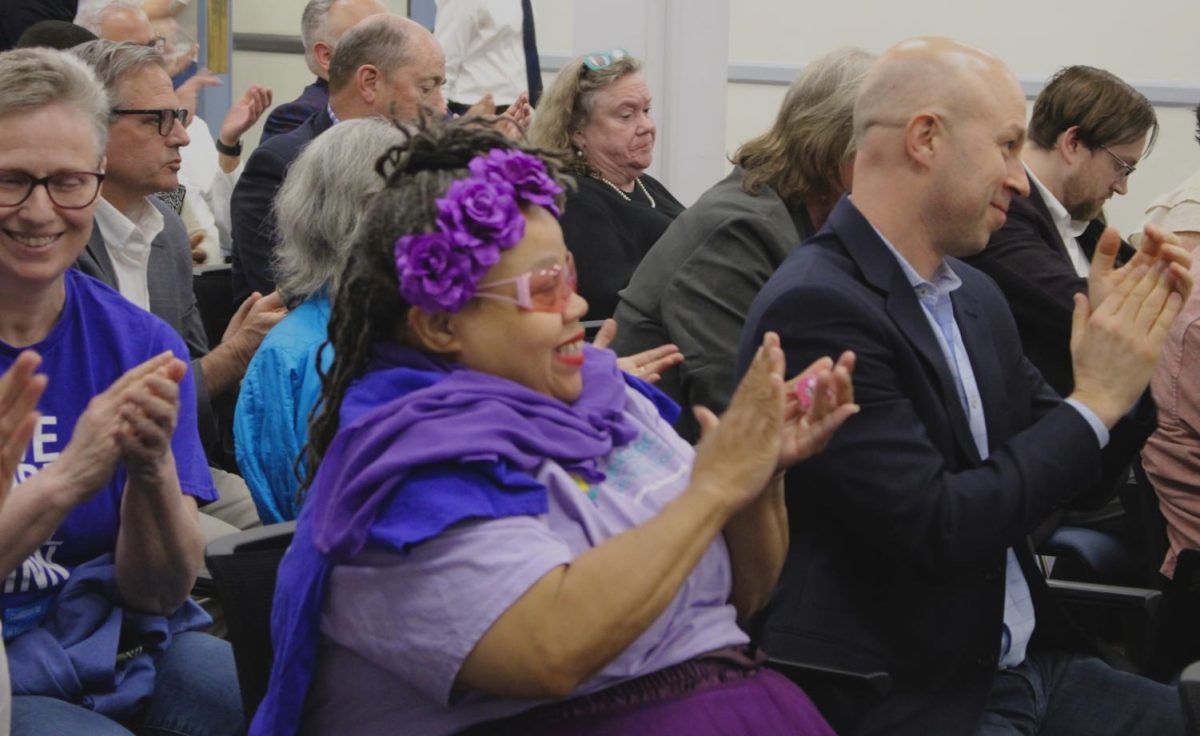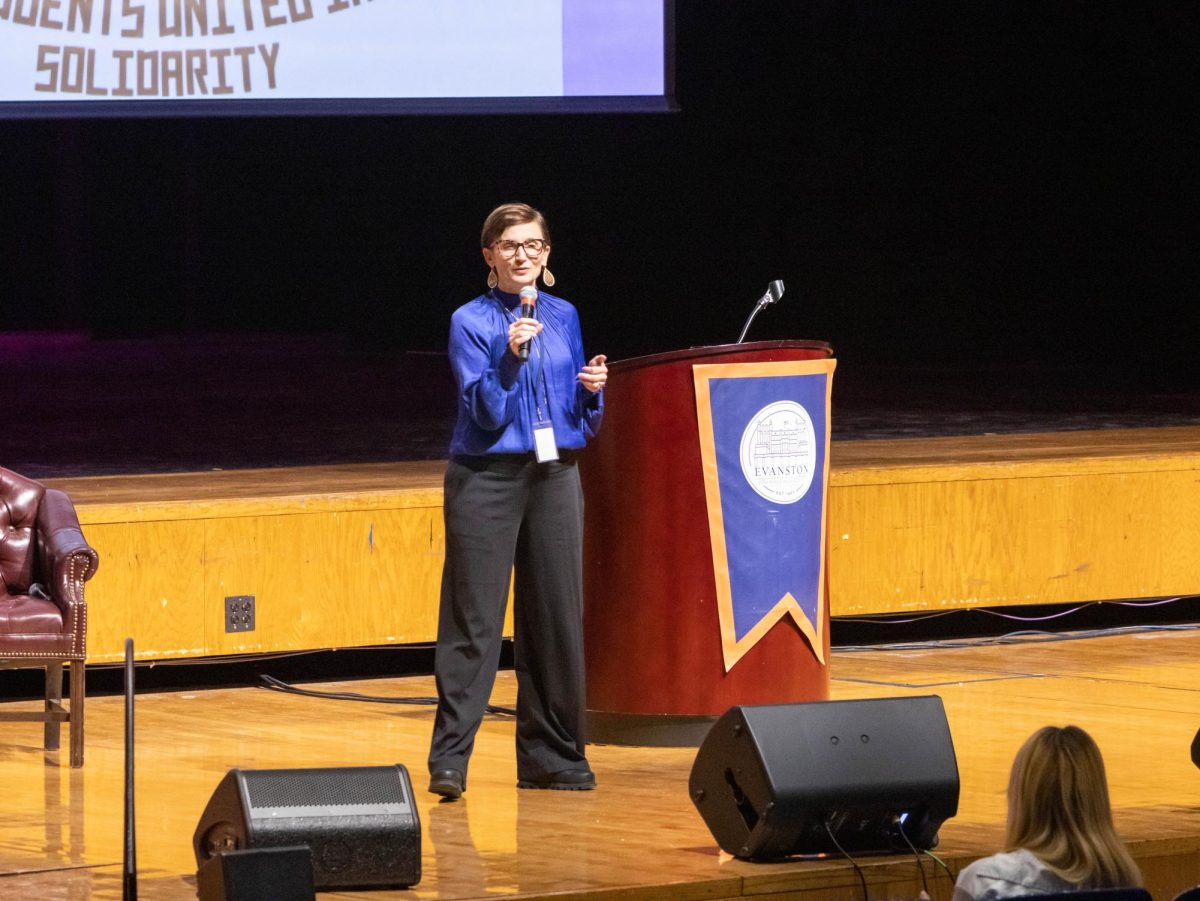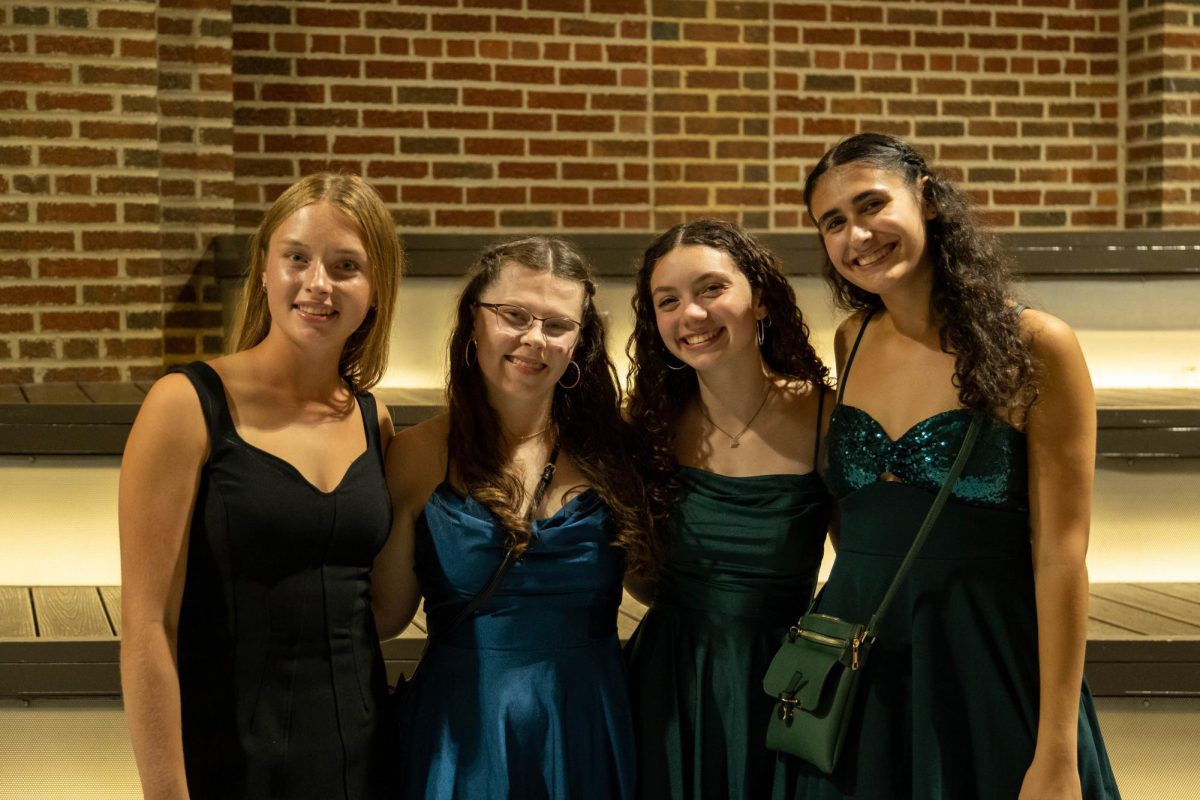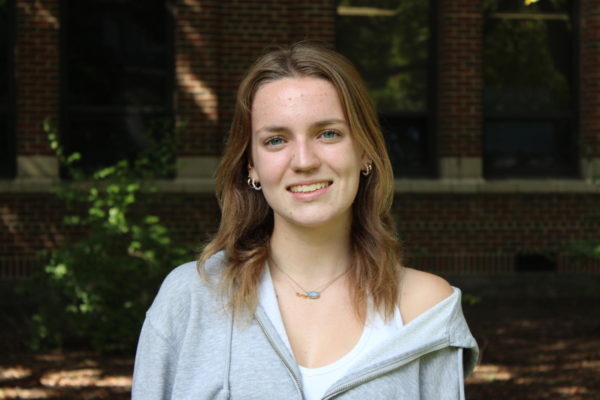When biking on Northwestern’s lakefront trail, it is easy to come across large houses and deluxe apartment complexes. Yet, among the upscale sights seen in Evanston, there exists a harsh reality for some without four walls and a roof above their heads. Evanston’s Connections For the Homeless organization works to recognize this presence of homelessness and house instability that can be hidden away amidst the towering homes. Most importantly, they focus on bringing compassion and awareness to a vastly unrecognized issue.
Connections has been battling homelessness since its early beginnings in 1984, around the time of Ronald Reagan’s presidency when many mental health facilities were shut down, causing an increase in the homeless population. Evanston residents began to notice more homeless individuals throughout the community and held a march, protesting more homeless shelters, in October of 1984.
Connection’s Advocacy Manager Sue Loellback explains that “Marchers ended up protesting to the Lake Street Church, and they held an all-night vigil.” During the protest, people could come in, sit, and even sleep if they wanted to. “Basically, it started turning into a shelter and getting lots of press,” she continues.
This building on Lake Street is now named Hilda’s Place, after the shelter’s first director, Hilda Carper. Connections For the Homeless has since expanded, with the recent purchase of the Margarita Inn on Oak Avenue in Evanston. The Margarita’s purchase ran into more obstacles than expected because of the challenge of zoning laws. The process took around 15 months, and many public meetings, to finally purchase. Both the Margarita and Hilda’s Place provide their services 365 days a year, with Hilda’s Place acting as a drop-in center and the Margarita Inn as a hotel-based aid. Until the pandemic hit, Hilda’s Place was Connection’s main building, with a space in the basement of the Lake Street Church on Chicago Avenue. The shelter had 18 congregate beds for one-night stays but had to shut down and transition to a hotel-based shelter (the Margarita Inn) due to COVID-19.
Hilda’s Place now operates as a drop-in space for daytime services like rental assistance and food, and the Margarita Inn provides users with their own room and bathroom along with three meals a day for an extended period.
Eric Ruder, the Director of Communications, explains, “Pretty much the only condition of staying in the Inn is engaging with the case managers we provide.” These case managers help to find jobs for homeless individuals and aid them in making important life decisions in order to find a way into a more stable housing situation.
The users also have access to a health clinic that is completely free even without insurance, and there’s no limit to how long people can stay to make a stable housing plan happen. These transitions can bring forth a variety of emotions, Loellback explains.
“If someone has been homeless for a very long time it’s a really scary thing to move into your own housing,” she says. “Imagine if you were living outside for five years and you get this apartment and go inside and it’s silent, it can be pretty freaky.”
Because of this, aftercare programs focused on housing and financial stability, health and wellness, and children and family wellness are provided to help those adjust to their new living situation.
With the help of Connections For the Homeless, “70 percent who exit the Margarita end up in some kind of more permanent housing solution,” Ruder says. This is a great deal higher than the national average of 40 percent.
Although the benefits for homeless individuals coming out of the Margarita Inn are staggering, the need for help outstrips the number of rooms available. Loellback affirms that, “Even with Hilda’s Place, the waiting list for our shelters is over one hundred people.”
The recent purchase of the Margarita provides a special opportunity to continue the hotel-based service. “The fact we were able to work out a deal to purchase it is a huge accomplishment,” Ruder says.
To meet the demand of Evanston’s homeless population, Congressman Schakowsky secured $2M in federal funding to put towards improving Hilda’s Place and allow for anywhere from 30-50 beds.
As more developments are made to Connections For the Homeless, the need for recognition of homelessness in Evanston is still crucial. Erin Claeys, the head of the Community Service office, wants to see more participation in community-based efforts, especially at ETHS.
“I think it’s really easy for us all to get pigeonholed in our offices and classrooms but we do see community service as a key pillar of college and career readiness that you can’t meet in a classroom,” Claeys says.
Building-wide support for community service and increased involvement across students and staff could improve the efforts to help organizations in Evanston like Connections For the Homeless. The Community Service Club already hosts one to two sandwich-making events each month and the bagged lunches are then delivered to Hilda’s Place or the Margarita Inn. Connections is also one of the three beneficiaries from ETHS’ Empty Bowl and will be receiving up to $1000 when the funds are established. Claeys tries to connect them with as many events as possible, like the Civics Fair and Emerge events, because of the benefits she sees with Connections and the community.
“Connections meets a ton of different needs with the services they provide like shelters, clothing, food pantries, and job training.” She continues, “I love that not only are they intervening when people become unhoused, but they are intervening to prevent that.”
Along with the organized events like food and clothing drives, Loellback thinks advocacy is one of the most important issues to be addressed and students especially could help promote recognition.
One of the biggest problems of homelessness is that there isn’t enough affordable housing for people to move into once they get into a shelter. This happens because of a barrier called nimbyism in the community. NIMBY (not in my backyard) is the attitude that surrounding neighbors of new affordable housing plans have. This is where they believe new projects should take place in areas not of their own.
Loellback explains how Connections often hears from surrounding neighbors of proposed projects that they are all for affordable housing but their “backyard” is the wrong location. “Sometimes this is a race thing, and sometimes it’s just a fear of poor people moving in,” she adds.
This can manifest itself in a variety of claims like causing too much traffic or that the area will be too densely populated, but this changes the way city council members vote on new affordable housing projects. Having high school students attend these city council meetings could be very beneficial.
Loellback explains, “I tell you, when students get up in front of the city council, it’s like [the city council members] sit up and [give] their full attention.”
Connection’s youth team council member Irys Liang, a Junior at ETHS, would love to introduce a city council opportunity to students.
“Not many of our volunteer opportunities are focused on advocacy, they are mostly resource-based, but I think there are a lot of people that would be interested in learning more about homelessness while also standing up for those involved at council meetings,” she says.
By taking the steps to recognize homelessness as an issue at ETHS and throughout Evanston, the goals of Connections For the Homeless can be implemented in everyday life by assisting those who need it and being open to change in our community.
Loellback says Connections’ mission is to “serve and catalyze the community to end homelessness one person at a time. By doing that we don’t consider shelters as having ended homelessness.”







